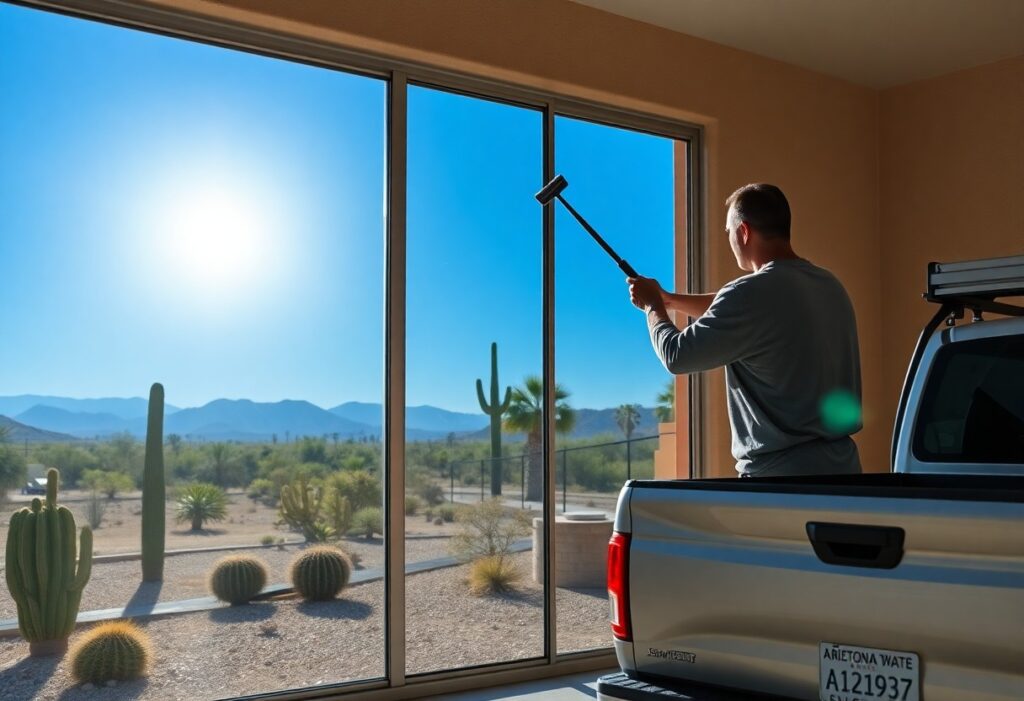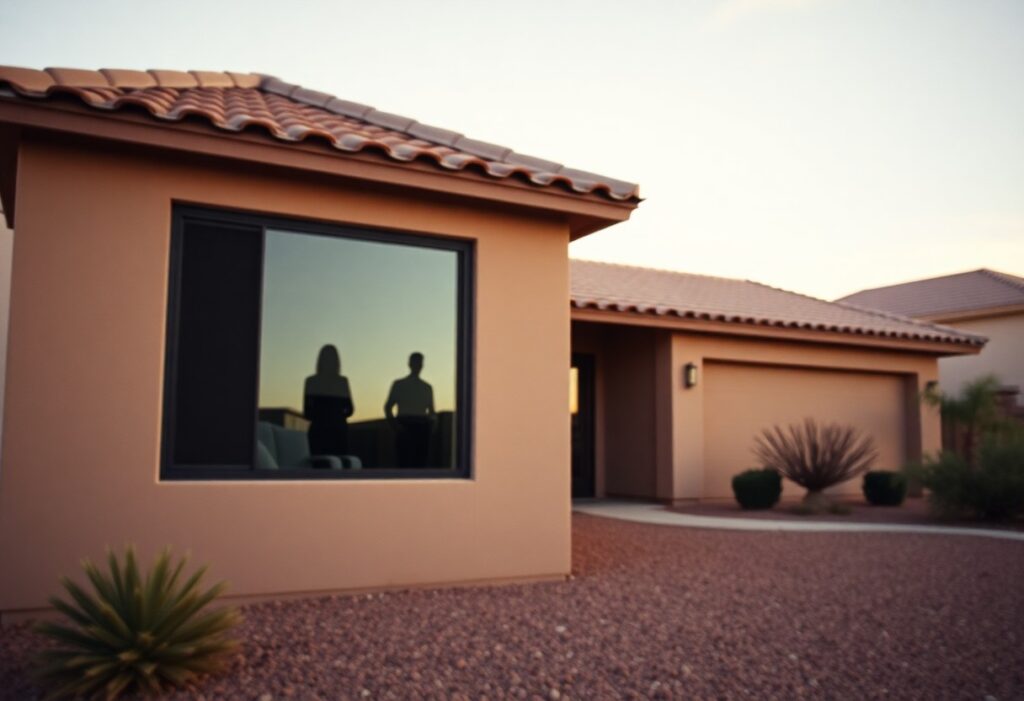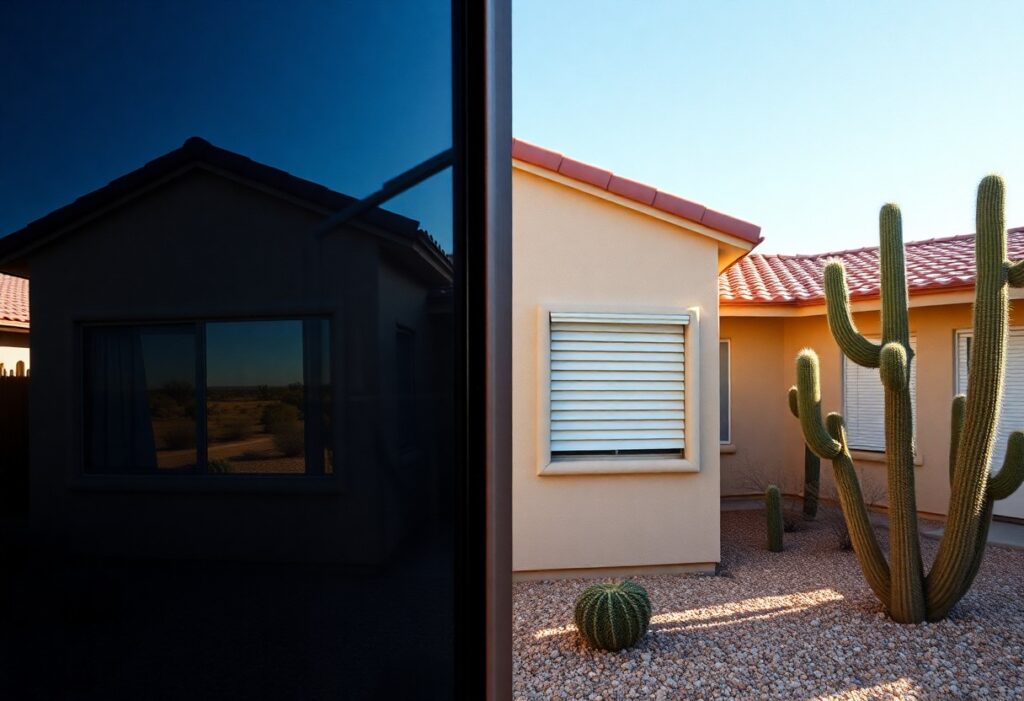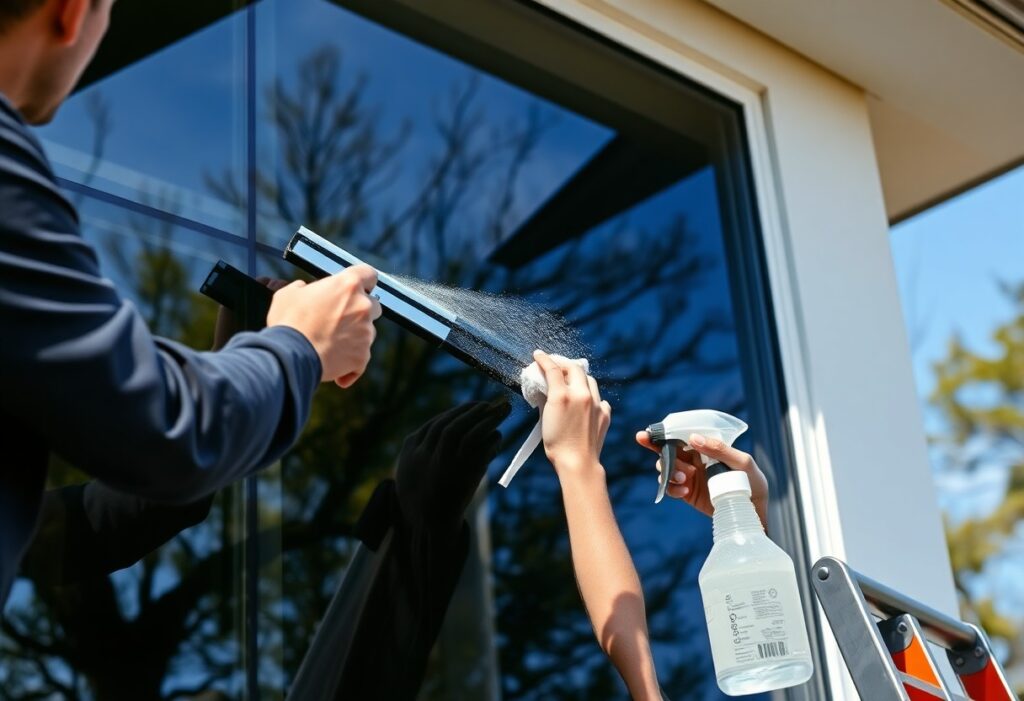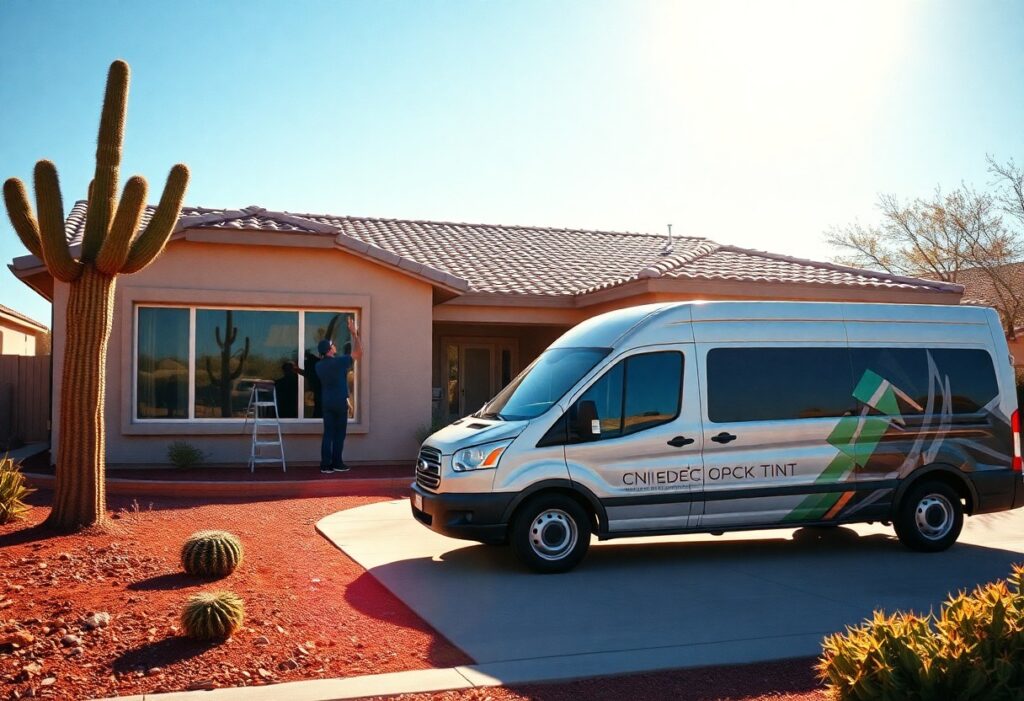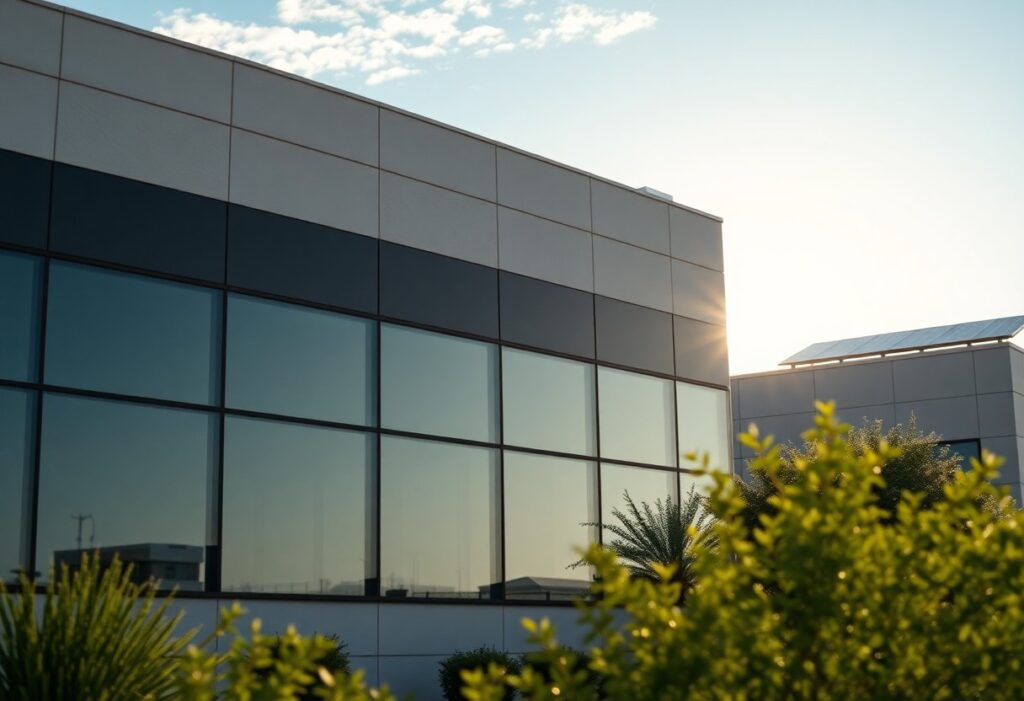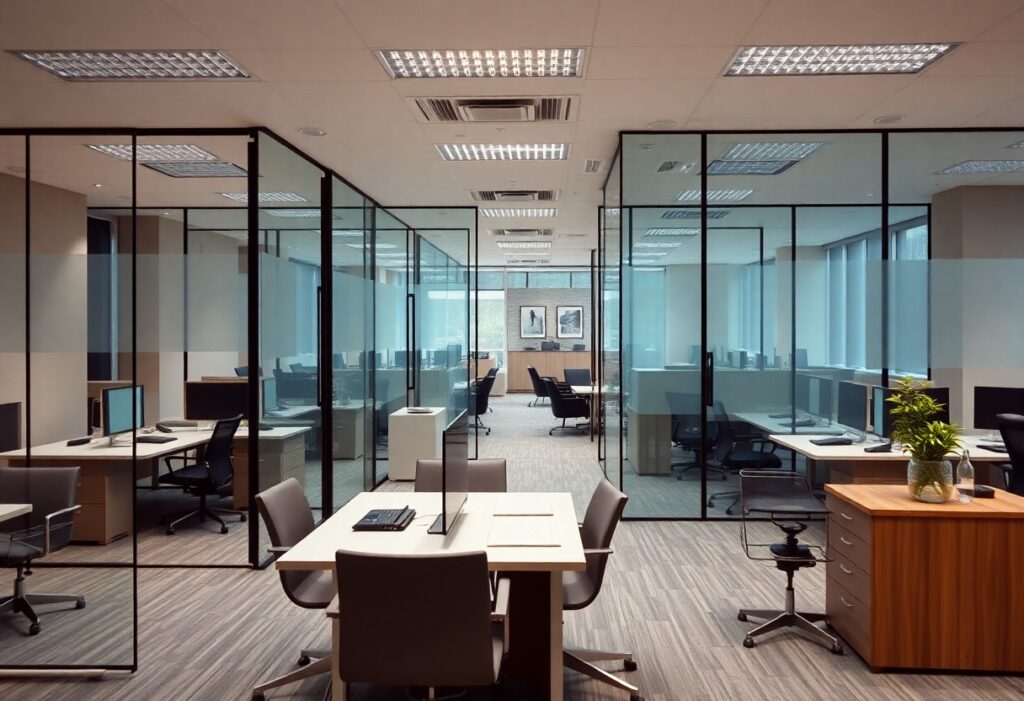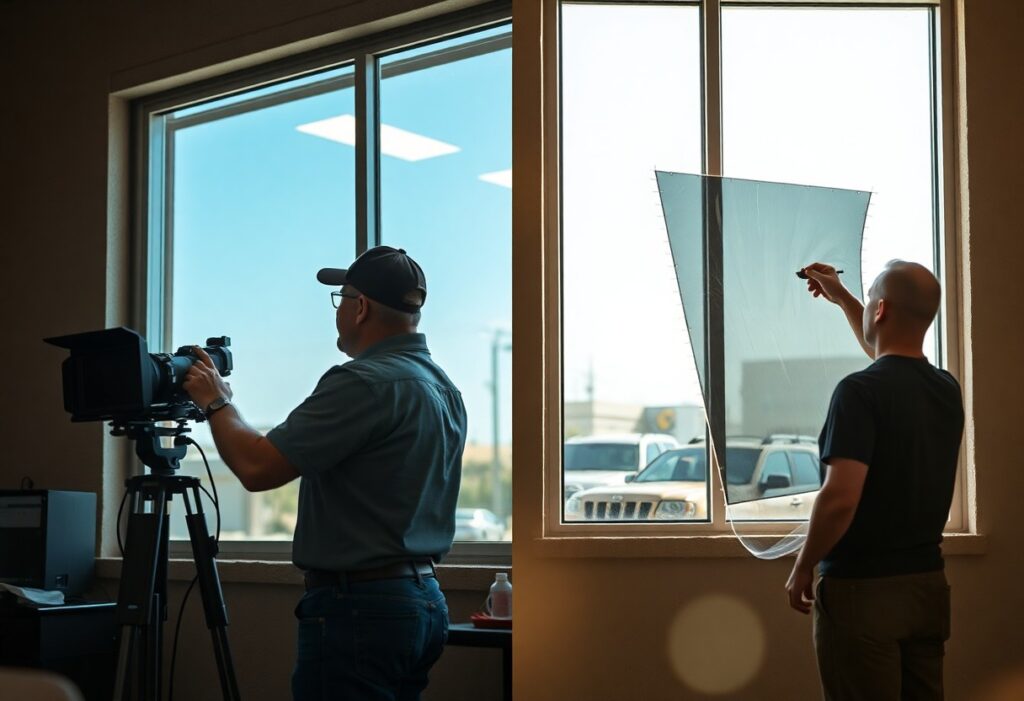Why Every Homeowner In Maricopa Should Consider Residential Window Tinting
Tinting your windows in Maricopa reduces solar heat gain, lowers your cooling bills, and protects your furnishings from UV damage while improving privacy and daytime glare control. With local intense sun and seasonal temperature swings, you gain consistent interior comfort, extended HVAC life, and potential insurance or resale benefits. Choose professional residential films rated for heat rejection and optical clarity to maximize performance and maintain curb appeal. Benefits of Residential Window Tinting You’ll notice lower energy bills, reduced glare, enhanced privacy, and longer-lasting interiors after tinting; high-performance films can reduce solar heat gain by up to 70-80% and cut cooling costs roughly 10-30% in hot climates. Many homeowners report a marked improvement in room comfort and a measurable decline in HVAC runtime during summer peaks. Professional installations also preserve window clarity and add resale appeal without changing your home’s exterior appearance. Energy Efficiency In Maricopa’s intense summers, window film lowers indoor temperatures by 5-10°F in sun-exposed rooms, which translates to AC runtime reductions of 10-30% and a typical payback period of 3-5 years. Low-emissivity and spectrally selective films improve window performance by reflecting infrared while admitting visible light, so you keep daylight without the heat load that drives up your monthly electric bill. UV Protection You get laboratory-grade UV defense-many films block up to 99% of UVA and UVB rays-so carpets, artwork, wood floors, and upholstery fade far more slowly. That level of filtering reduces photodegradation that otherwise breaks down dyes and finishes, and it lowers your household UV exposure during prolonged sunlight through windows. Manufacturers and conservation studies show UV wavelengths under ~400 nm are the primary drivers of photodegradation; museums rely on similar UV-filtering glazing to protect exhibits. Applying residential film effectively replicates that protection at a fraction of retrofit glazing cost, extending the visual life of textiles and finishes by years and reducing replacement and restoration expenses over time. Enhancing Privacy and Security Beyond energy and glare control, window tinting provides measurable privacy and a first line of defense for your home. You can choose films with visible light transmission (VLT) as low as 5% for daytime screening, and many films block up to 99% of UV, protecting interiors while obscuring sightlines. In practice, thoughtful film selection for street-facing windows reduces opportunistic observation and adds a deterrent to casual break-ins. Reduced Visibility from Outside By opting for low-VLT (5-20%) or reflective films on ground-floor and street-facing windows, you significantly limit what passersby can see into your rooms during daylight. For example, a 5% VLT film creates a near-mirror exterior that makes activity inside unreadable from 10-20 feet, while still allowing you adequate daylight. Combine films with landscaping or privacy glass for 24-hour control. Shatter Resistance Security and safety films, typically 4-8 mil thick (with heavier options available), bond to the glass and hold fragments together when struck, reducing the risk of injurious shards and slowing forced entry. You’ll find these films used in commercial settings and increasingly in homes; a thicker film increases dwell time-measured in minutes-making smash-and-grab attempts less likely to succeed. Installation details matter: anchoring the film at the frame edge, choosing polyester laminates of 7-8 mil, and having a professional apply the adhesive layer all improve performance. You should still pair film with reinforced locks or sensors for layered security, and consider thicker, multi-layer films if you want certified impact ratings or to qualify for potential insurance benefits. Cost Savings and Return on Investment Lower Energy Bills You can cut cooling costs substantially with quality window film-most solar-control tints reduce solar heat gain by 50-79% and block up to 99% of UV, typically lowering summer energy bills 10-30%. In Maricopa’s climate that often translates to $200-$600 saved per year on AC for an average single-story home. Installation pays back fast: many homeowners recoup the cost in 2-5 years, while reduced HVAC runtime also extends equipment life. Increased Property Value You’ll find buyers value lower operating costs and protected interiors; energy-efficient upgrades like window tinting improve marketability and can shorten time on market. A conservative example: $300 yearly utility savings equals $3,000 over 10 years, which buyers factor into offers. Plus film preserves flooring, blinds and furnishings by blocking UV, effectively delaying replacement costs and making your listing more attractive to comparison-based pricing. Consider costs: whole-house professional tinting in Maricopa typically runs $600-$2,500 depending on window area and film grade; with annual savings of $200-$600 your upfront cost often pays back within 2-5 years. Appraisers and buyers increasingly note energy upgrades-combined savings plus preserved interiors often translate to stronger offers and less negotiation on price, especially when you can show utility bills and manufacturer warranties at listing. Aesthetic Improvements You can transform the look of your home without replacing glass by choosing window films that create a uniform, contemporary façade while blocking up to 99% of UV rays and rejecting as much as 70% of solar heat. Options range from nearly invisible low-profile films to reflective or frosted finishes, so you’ll protect furnishings, reduce glare, and tailor the exterior mood-modern, warm, or privacy-focused-at a fraction of the cost of new windows. Style and Design Options You’ll find visible light transmission (VLT) choices roughly from 5% to 70%, letting you balance daylight versus privacy; gray and bronze tints preserve natural color, mirrored films add a sleek reflective look, and decorative frosted or patterned films replicate etched glass for much less expense. For example, a 20% VLT neutral-gray film keeps daylight while cutting glare substantially, and decorative films achieve an upscale entry appearance without full glass replacement. Improved Curb Appeal You’ll boost curb appeal by creating consistent window tones across your façade-mirrored or gray films lend a modern, high-end look while frosted films enhance entry privacy. Tinting typically costs 50-80% less than wholesale glass replacement, so you can update appearance and energy performance affordably, making the home look updated to buyers and passersby without a major renovation. For more impact, pair tint choices with exterior finishes common in Maricopa: bronze or warm-tone films complement adobe and

